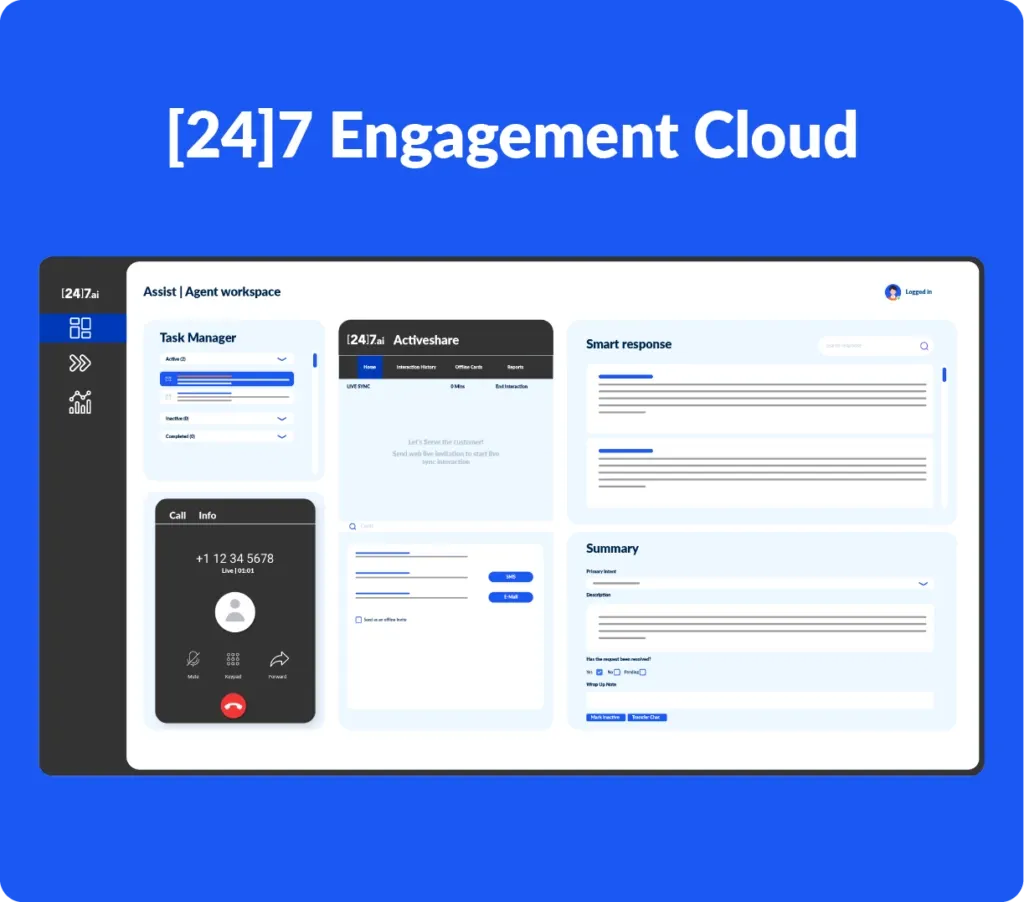In the modern world of customer service, contact centers are no longer just support hubs; they’re the frontlines of customer experience. The game has changed: it’s about proactively meeting customer needs, sometimes even before they articulate them. How can contact centers rise to this challenge? Here are three transformative strategies to ensure your contact center isn’t just good but extraordinary.
Raise the Bar with Superstar Agents
Damon Richards once said, “Your customer doesn’t care how much you know until they know how much you care.” The essence of extraordinary customer service in contact centers is embodied by agents who blend technical prowess with emotional intelligence and empathy. We can even measure this now with empathy scores! These scores, based on the analysis of tone, words, etc., across multiple customer interactions, tell agents how well they’re connecting on a human level. And this human touch transforms customer interactions from transactions to meaningful experiences. Additionally, using AI for tasks like generating after-call summaries ensures that agents are well-prepared for future interactions, leading to more personalized and effective customer experiences.
Agents should not only be knowledgeable about your products but also embody your brand’s ethos. Training agents to align with your brand’s culture is crucial for delivering a customer experience that transcends problem-solving and builds a deeper customer-brand relationship.
Tech + Touch = Seamless Interactions
While it’s great to say that agents must understand and empathize with the customers, the ground reality is often different. Burnt-out agents dealing with irate customers have no mind space for empathy. So, the ask for contact centers is to make their agents’ lives easier. You can do this by deploying AI-powered automation to handle routine queries and freeing up agent time to tackle trickier issues. Then, level up by getting them AI assistants like the [24]7 Copilot that can dig out the right information, craft responses, and suggest the next best action.
This not only eases the agent’s workload but also enhances customer interactions. For instance, a large omnichannel retailer leveraged digital agents to manage an overwhelming volume of customer queries. In just 90 days, they were able to handle 188% more calls than the projected volume of calls, and when offered a digital alternative, 32% of nearly one million+ customer queries were directed to digital – up from zero just a month ago. In another instance, a US Department Store Chain boosted agent performance with [24]7 Answers. Automating many agent-handled manual tasks led to a 13% reduction in AHT in just six months.
Don’t sacrifice Customer Satisfaction for Cost Optimization
Cost optimization has been a strong motive behind the move to digital channels and automation. But as you redirect queries to less expensive channels, look at the big picture. Are you paying in terms of customer satisfaction? If customers still need to escalate issues to agents after going through digital channels, something is broken and needs to be fixed.
Understanding the nuances of how customers interact on different channels is key to delivering exceptional CX. For effective omnichannel support, agents must have skills that align with these diverse interaction modes. For instance, voice agents require training in conversational skills, while digital agents must be adept at textual nuances and multitasking. In addition, equipping agents with AI-driven context and intent information leads to a seamless transition from automated services to live support, saving time and reducing customer frustration.
The Future of Contact Centers is Technology-led And Customer-Centric
Ultimately, the quality of service boils down to customer perception. Do they feel heard and understood? Do they feel empowered to make decisions? Do they feel that they received personalized service? Or are they frustrated repeating the same query over and over across multiple channels and not getting a resolution?
Contact center success relies on their ability to leverage smart technology strategically to deliver tailored, intent-driven solutions to their customers. The question is, are you ready to do that?







